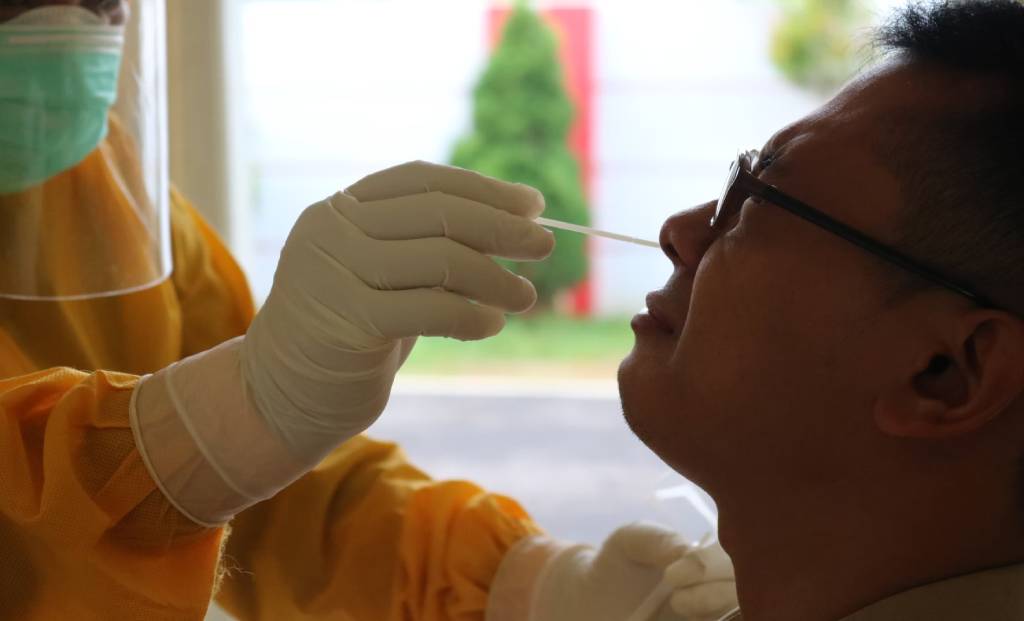WHO Strongly Recommends Pfizer’s Antiviral for High-Risk COVID-19 Patients
WHO’s Strong Endorsement In a significant development, the World Health Organisation (WHO) has issued a compelling endorsement for Pfizer’s oral antiviral drug designed for mild and moderate COVID-19 cases among the most susceptible individuals at risk of hospitalization. Comprising nirmatrelvir and ritonavir tablets, this combination therapy is hailed as the most promising therapeutic option to date for high-risk patients.
Targeted Recommendations for High-Risk Individuals
The WHO’s recommendation is particularly aimed at individuals aged 12 and older afflicted with non-severe COVID-19 who face the highest likelihood of progressing to severe illness and hospitalization. This encompasses unvaccinated, elderly, and immunosuppressed patients who are most vulnerable to the virus’s severe impacts. However, the organization advises against its utilization in patients with lower risk profiles, as the potential benefits were found to be minimal.
Robust Efficacy Data
This strong endorsement is grounded in new data sourced from two randomized controlled trials encompassing 3,078 patients. The data underscore a remarkable 85 percent reduction in the risk of hospitalization following the administration of this antiviral treatment. Within the high-risk category (with over 10 percent hospitalization risk), this translates to a notable decrease of 84 hospitalizations for every 1,000 patients.
Global Distribution and Transparency Urged
While advocating for the widespread adoption of this therapy, the WHO concurrently calls for transparency from Pfizer in its distribution processes. Expressing concern reminiscent of the vaccine rollout, the organization fears that low- and middle-income nations might be marginalized in accessing this treatment, owing to a lack of geographical fairness and equitable distribution.
Concerns and Challenges for Low-Income Nations
The WHO expounds on its concerns, highlighting the challenges low- and middle-income countries might face in obtaining the antiviral drug. A combination of factors, including availability, opaque pricing arrangements, and the necessity for rapid and accurate testing prior to administering the treatment, poses substantial hurdles for these nations.
Underutilization in Wealthier Nations
Recent data from the US Department of Health underscores that a significant number of Pfizer’s antiviral courses, branded as Paxlovid, are languishing unutilized on pharmacy shelves. This underutilization can be attributed to factors such as insufficient awareness among medical practitioners about the treatment’s availability, restricted access to immunocompromised patients, and limited testing infrastructure.
Timely Administration for Success
The WHO points out a crucial challenge faced by low- and middle-income countries: the antiviral therapy’s effectiveness hinges on its early-stage administration. Timely and accurate testing is pivotal for achieving positive outcomes with this therapy, making access to such testing infrastructure a critical consideration.
The Transparency Barrier
Pfizer’s lack of transparency emerges as a significant hurdle, impeding public health organizations from gauging the medication’s availability across different nations and the details of bilateral agreements. The scarcity of information limits the understanding of which countries are involved and the terms of their engagements.
Licensing Agreement and Generics Production
Adding to the complexity, Pfizer’s licensing agreement with the Medicines Patent Pool restricts the scope of countries eligible to benefit from the generic production of the antiviral medicine. This further exacerbates concerns surrounding equitable access and availability for nations that require affordable treatment options.
In a global medical landscape striving for both efficient COVID-19 treatment and fair access to healthcare solutions, the WHO’s endorsement of Pfizer’s antiviral marks a pivotal moment. While presenting a potential lifeline for high-risk patients, the challenge lies in ensuring equitable distribution, accessibility, and transparent pricing mechanisms to prevent a replay of the inequities seen during vaccine distribution.











